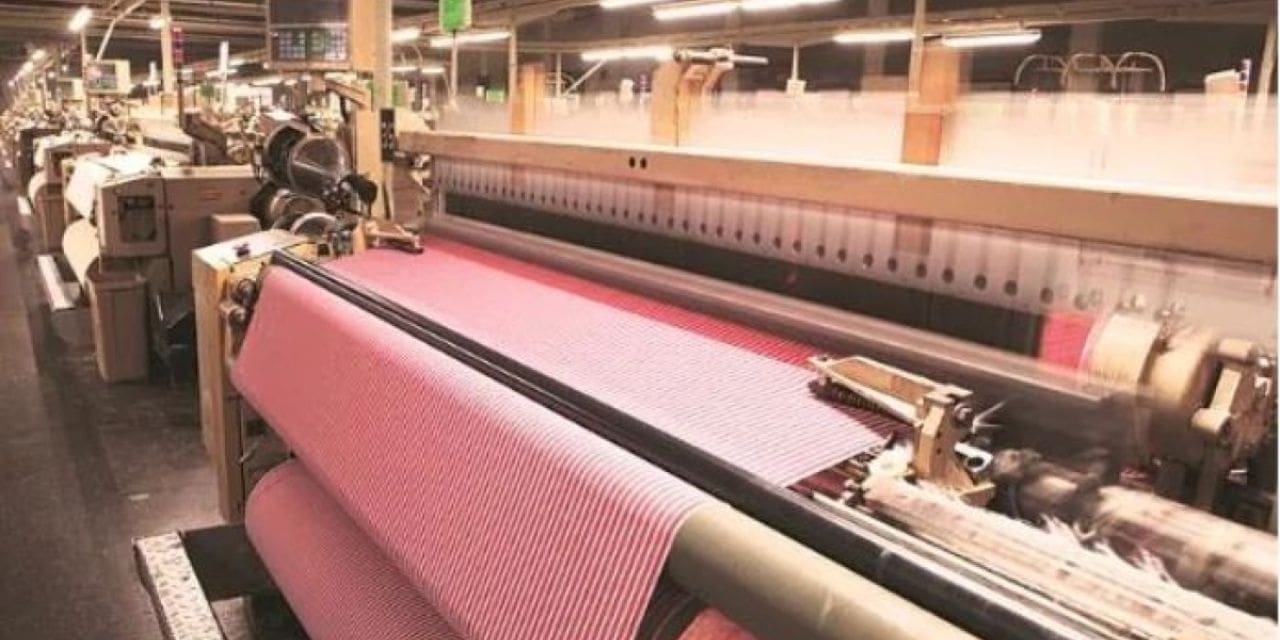The synthetic textile sector in Surat has been severely impacted by high inflation, rising raw material prices, and GST. When compared to the same period last year, business in the sector fell by 60% around Diwali.
The synthetic textile sector in Surat includes a number of subsectors including spinning polyester yarn and weaving grey clothing that is later treated, coloured, and embellished. Before selling them to wholesalers all around the nation, textile traders buy the grey fabric made on power looms and have it coloured, processed, and embellished. But, due to the new tax structure, soaring prices, and lower returns, traders are already quitting their jobs and moving on to other areas.
There have been widespread worker layoffs as a result of the collapse in the textile industry. Of the The synthetic textile sector in Surat has been severely impacted by high inflation, rising raw material prices, and GST. When compared to the same period last year, business in the sector fell by 60% around Diwali.
The synthetic textile sector in Surat includes a number of subsectors including spinning polyester yarn and weaving grey clothing that is later treated, coloured, and embellished. Before selling them to wholesalers all around the nation, textile traders buy the grey fabric made on power looms and have it coloured, processed, and embellished. But, due to the new tax structure, soaring prices, and lower returns, traders are already quitting their jobs and moving on to other areas.
There have been widespread worker layoffs as a result of the collapse in the textile industry. Of the Among the 100,000 workers, 35,000 have already lost their employment. And if this keeps happening, more people will lose their jobs. The same number of labourers in Surat operate between 45,000 and 50,000 multi-headed computerised embroidery machines while they are split into two shifts. Due to a decrease in orders, night shifts in embroidery units have been fully discontinued.
The industry’s lustre is fading quickly. Since Diwali, every manufacturer used to receive large orders (which traders and manufacturers consider the beginning of their new business year). They couldn’t meet their family because of how busy they were. Nevertheless, this year, even over a month after the holiday, the majority of factories are closed since they have no work from traders. where there was a machine manned by at least two employees, but due to financial constraints, two machines are handled by just one employee.
GST impact
The implementation of GST was difficult. Traders are required to pay taxes and keep track of them at every stage. Contrary to the pre-GST era, an independent contractor is unable to do this. Synthetic fabric businesses, which operate primarily informally, are hardest hit by the new tax structure. Although the GST is intended to increase tax revenues and formalise India’s economy, the Surat cluster is really unable to pay these levies and maintain its competitiveness. The cluster’s structure in Surat
The Surat cluster houses two value chains concurrently. The first consists of thousands of tiny garment manufacturing operations, some of which produce yarn and Some incorporate it into the textile. Several of them knit, embroider, and print the clothing. A crucial part of this arrangement is played by the more than 70,000 textile traders.
They receive orders from sellers of textiles, apparel, and accessories (T&C) and guide the consignment from one manufacturing unit to the next. It is a value chain where thousands of small business owners compete with one another for customers while running their operations with the assistance of migrant employees.
The opposite value chain is organised and integrated. Large corporations there carry out every task in-house, from weaving to post-production. Yet Surat doesn’t have even ten of these businesses.
The cluster’s majority of units participate in the segmented value chain. These two value chains have both been impacted by GST. Profit Margins have reached an all-time low as a result of rising raw material costs and static consignment rates.
Due to the fact that everything from raw materials to completed goods is subject to a distinct tax rate, the textile cluster in Surat has been negatively impacted by tax rates and structure.

